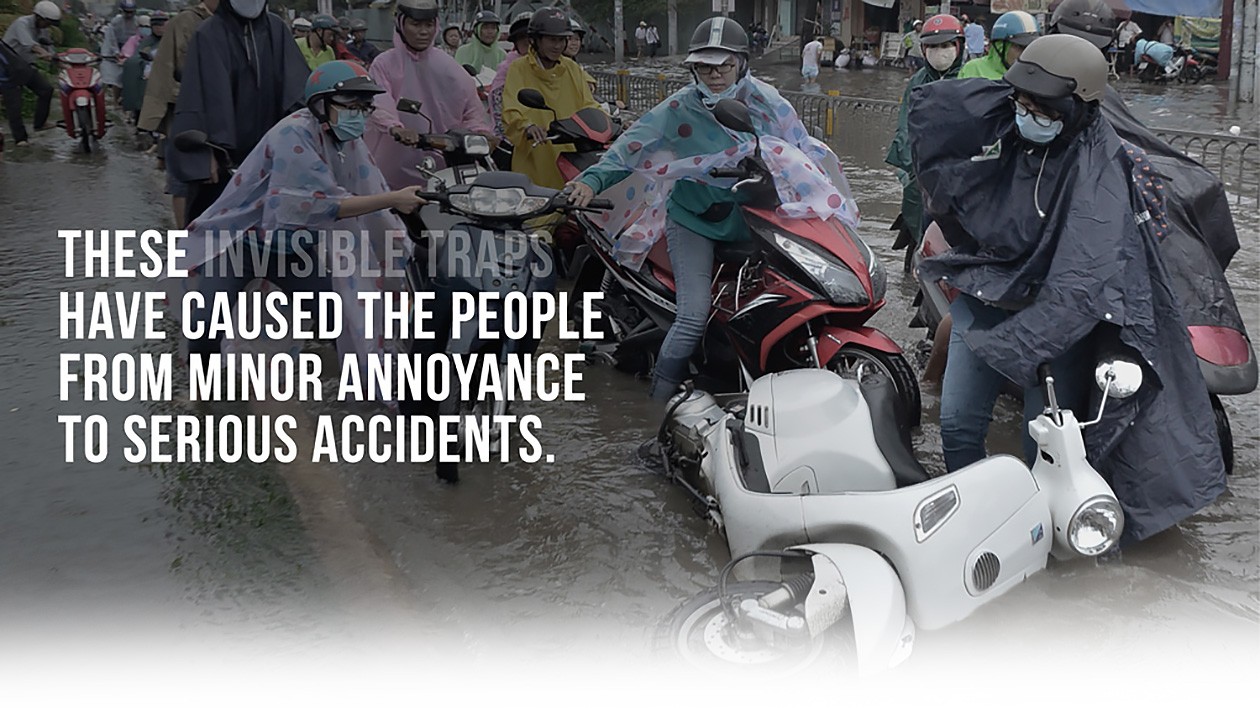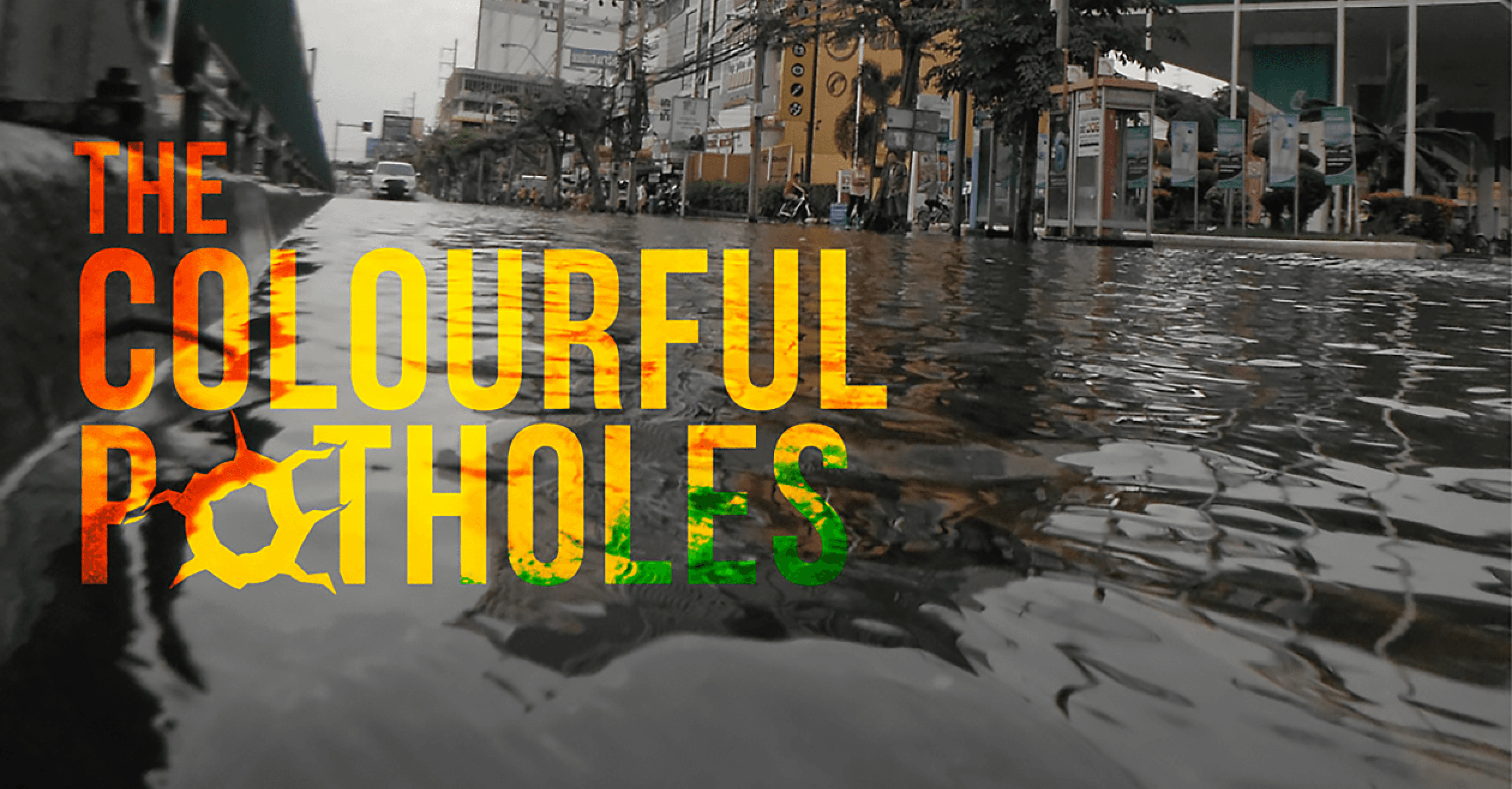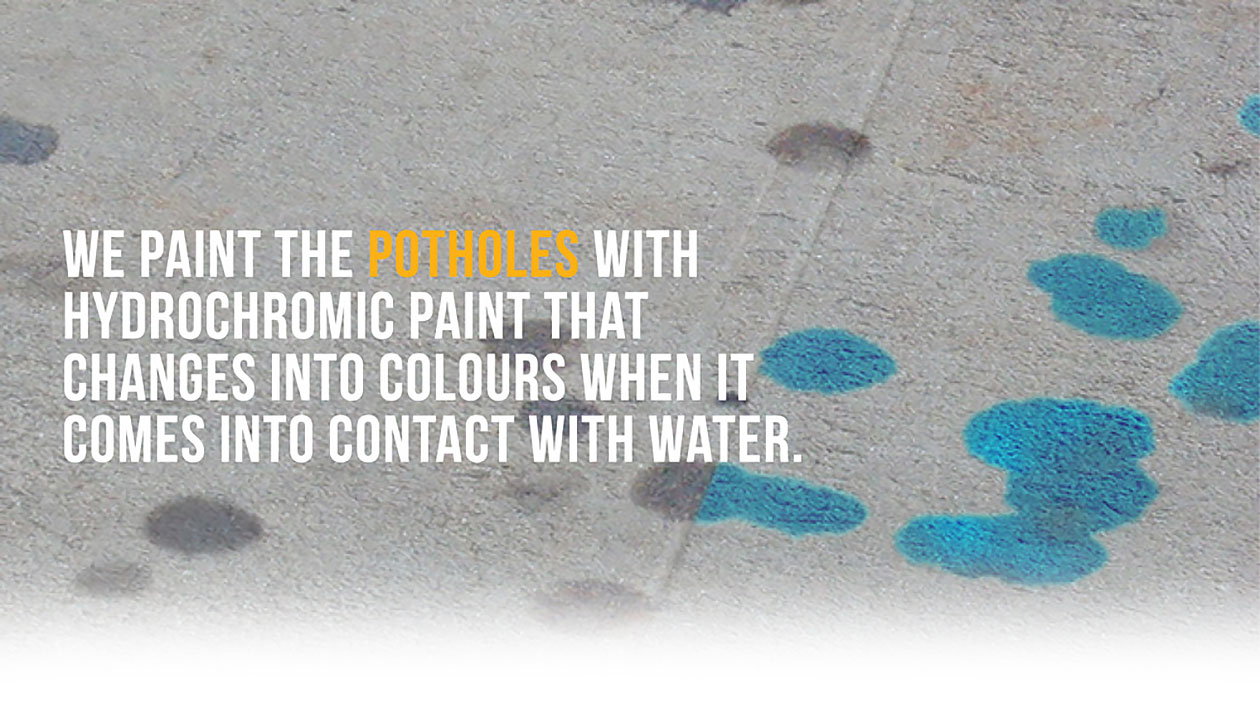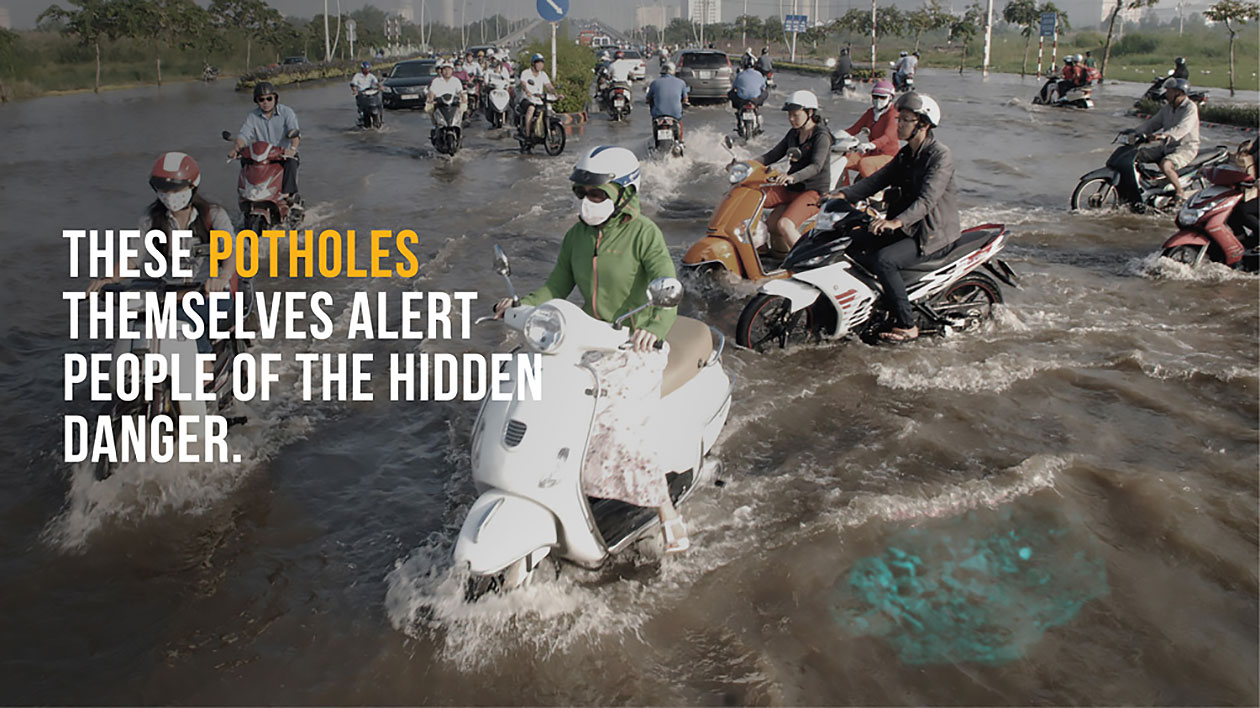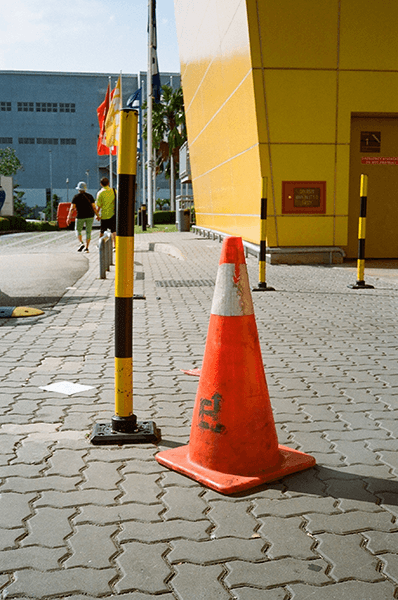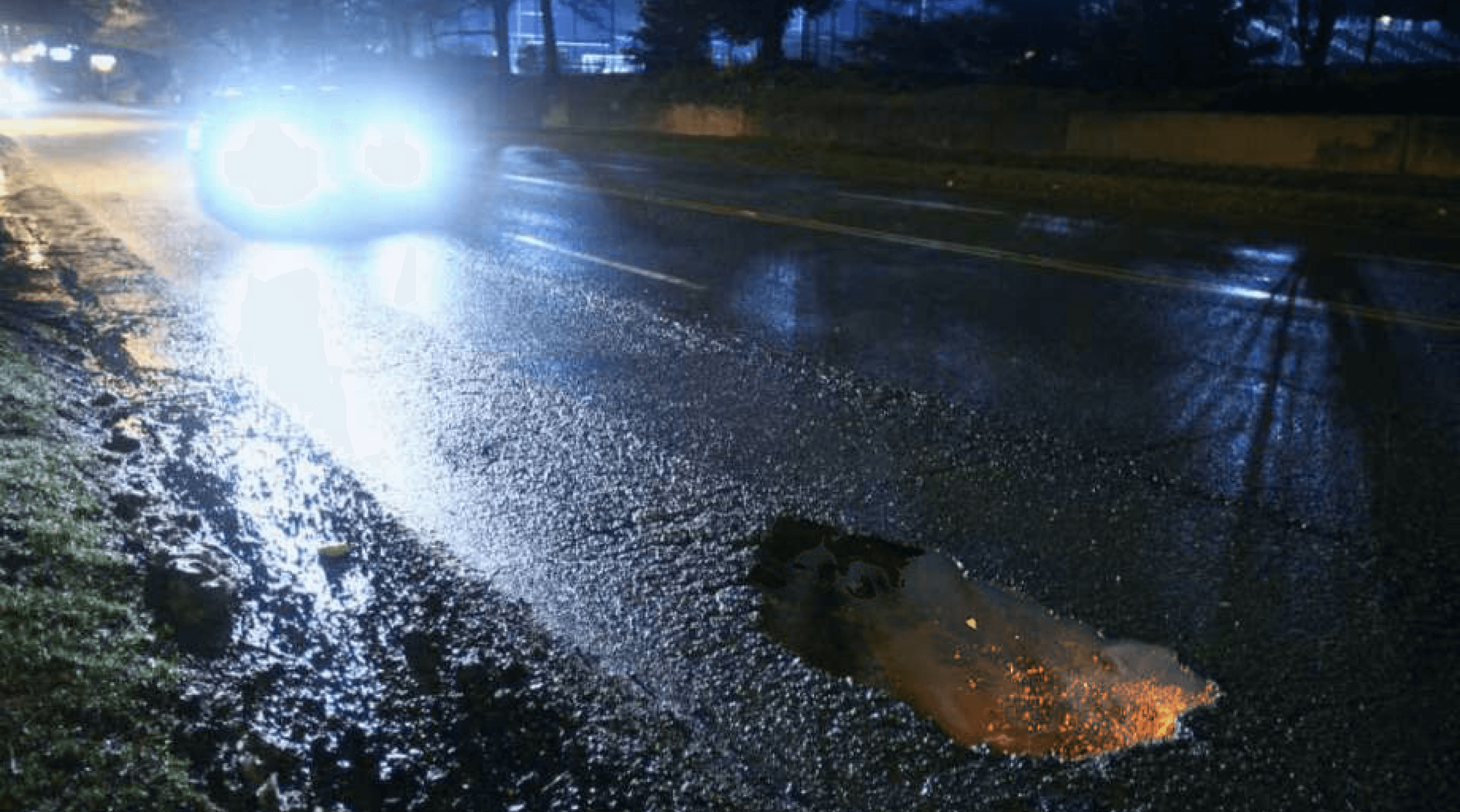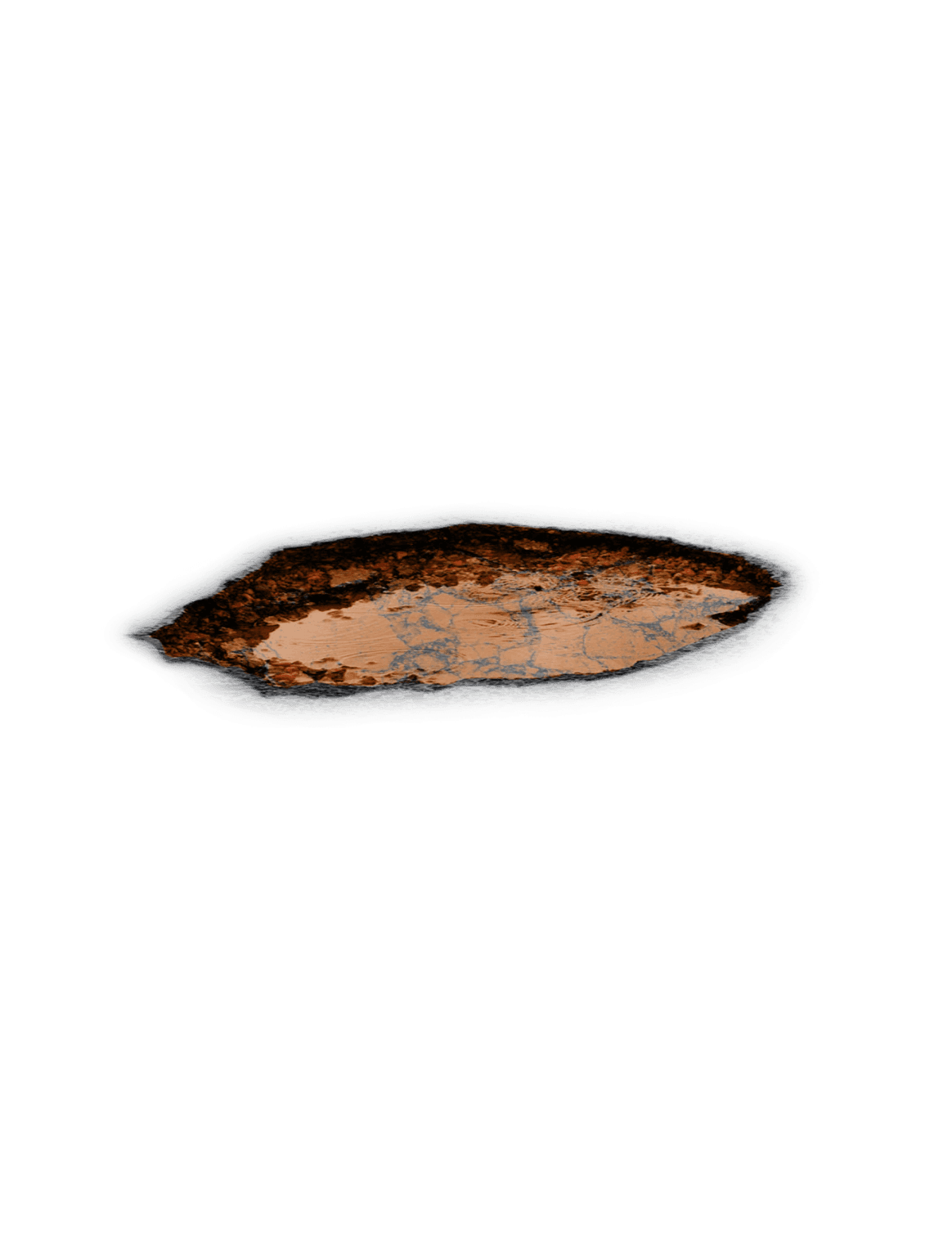
Phibious
Budget
Roads potholes are managed by different municipal authorities with varying priorities and budgets.
Politics
Whilst cities prefer cost-saving, long-term repairs for pothole hotspots, cash-strapped municipal councils take a reactive “patch-and-dash” approach, fixing potholes quickly—often in poor conditions—resulting in rapid breakdowns and reoccurrence.
Lack of a Systemic Approach
Fixing potholes only addresses the symptom. Eliminating them requires a systemic approach, including predicting poor drainage, weather patterns, traffic load, and implementing preventative road maintenance.
Low cost
As in 2016, for a surface of 1 m2 (the size of a big pothole), we would need around 1 kg of hydrochromic paint, which cost 10 USD. In comparison, a pair of regular-size plastic road barriers that would sufficiently covers a single pothole costs 24 USD.(Souce: Alibaba)
Logistics
A 20 kg plastic bucket measures 20 x 15cm whereas a plastic barrier stands around 30 x 100 cm. Storing and transporting the paints therefore would take less space, hence more cost and labour efficient
Different levels of warning
We painted the potholes with different colours to reflect different depths. Depending on the colours, automobilists could consider the levels of danger in real time and choose to adapt their speeds in case they can't avoid the holes.
Testing
Real-time Warning Levels
We tested with 3 different colours for 3 different levels of danger. As drivers would have little time to react to the danger ahead, the colours were chosen to intuitively reflects the levels of potential danger.
We tested with 3 different colours for 3 different levels of danger. As drivers would have little time to react to the danger ahead, the colours were chosen to intuitively reflects the levels of potential danger.
Durability
The reflective coating also allows the sensitive varnish to last up to 3 months, throughout summer, when it would be exposed to higher levels of ultraviolet rays from the Sun. This coincidentally, is also the duration of the monsoon season.
As the proposal wasn't designed to be a long-term solution, we were satisfied with this result.
Reception
The idea was met with enthusiasm from local community and authority. We were off to a good start.
The next step would be to find a long-term supplier and present the proposal to the city municipal.
Results
On our way to the meeting with the district's urban planning department, we were informed that the project was axed due to new budget constraints and without any detailed explanation.
Vague as it sounds, that's just how things work in Vietnam, politically. As a consolation, we went back and continued to refine and develop the idea, waiting for a better occasion to bring it back to life.


